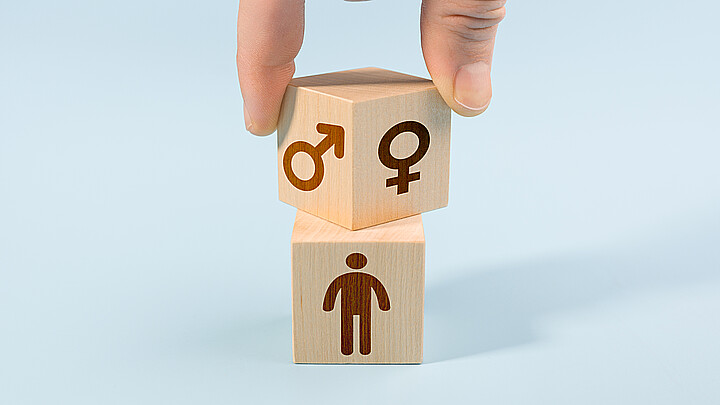Education
Latino students make up close to 30% of all public school enrollment
Data from the U.S. Department of Education’s Institute of Education Sciences suggests that American schools now have twice as many Latino students as they did in 1995
September 8, 2022 5:13am
Updated: September 8, 2022 10:17am
Data from the U.S. Department of Education’s Institute of Education Sciences suggests that American schools now have twice as many Latino students as they did in 1995. This number is expected to keep increasing. The data suggests that by 2030, Latinos will make up more than 30% of all public school enrollment.
The trend in Latino enrollment should spur schools and policymakers to take action, according to a recent opinion piece by Century Institute Senior Fellow Conor Williams, published in Yahoo! News.
“Research suggests that these students bring significant assets to school and — when these are adequately supported — can be some of the country’s highest-performing students,” he writes.
“With the ability to navigate across and between cultural and linguistic differences, Latino students bring a multitude of talents and assets that make our schools — and our country — stronger,” said a recent UnidosUS report, echoing Williams’ words.
However, the U.S. public school system has not always recognized and valued the potential of Latino students, Williams argues. In some cases, public schools have even segregated Latino students from their peers through “a variety of overt and covert methods.”
“English learners, who are disproportionately likely to be Latino, are currently the student group most likely to attend socioeconomically segregated schools. And, as the UnidosUS report makes clear, schools have particularly struggled to adequately support children of these backgrounds throughout the pandemic,” Williams adds.
Most U.S. policies are aimed at improving English learners' education. While these policies are necessary for Latinos as well, they are not sufficient to expand the opportunities for this group of students.
According to Williams, policymakers can do a few things to improve the education of Latino students.
Some of the suggestions Williams makes is for policymakers to diversify schools linguistically, allowing Latino students and students from other backgrounds to have bilingual instruction, enrolling young English-learning children in early education programs and diversify the teaching force across Latino communities with more Latino teachers.
“This simple agenda would go a long way towards rectifying long-standing educational inequities and preparing U.S. public schools to deliver on the newly diverse demographics already arriving at its doors,” Williams concludes.










